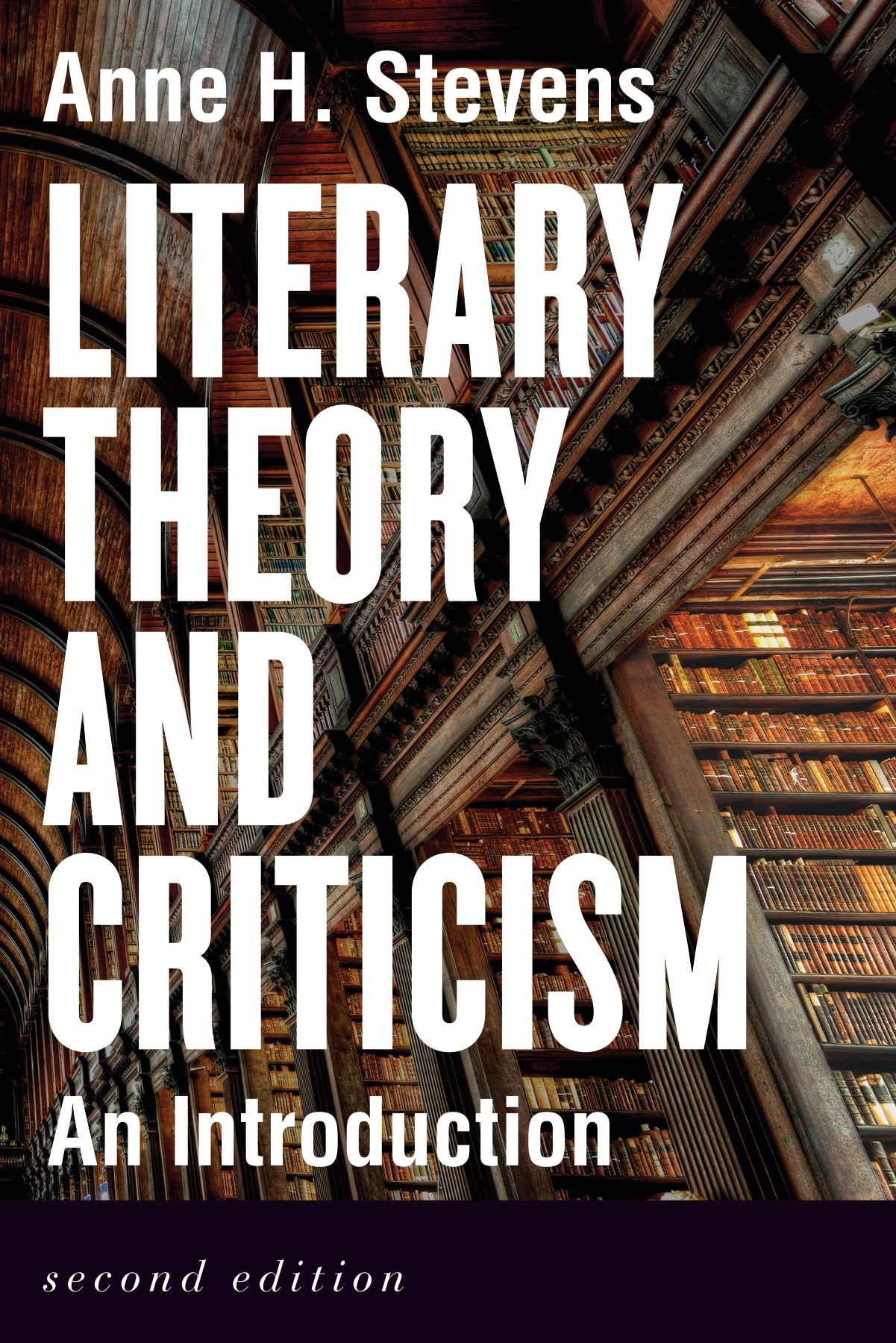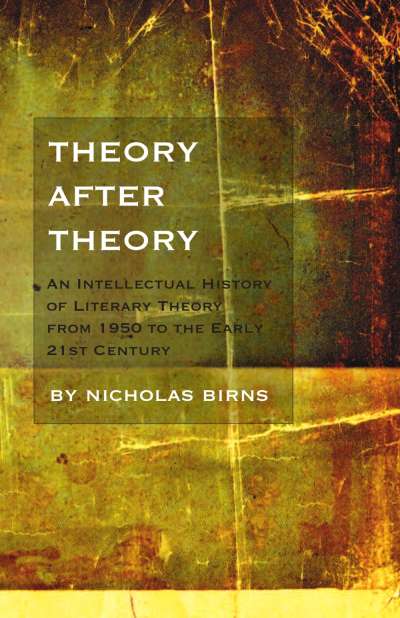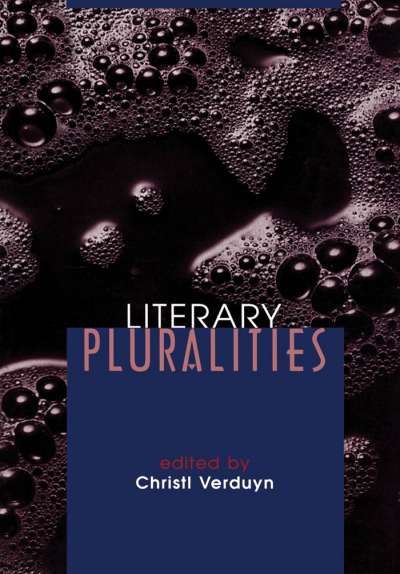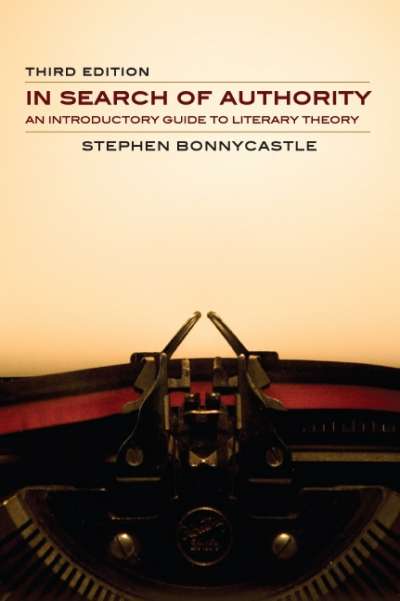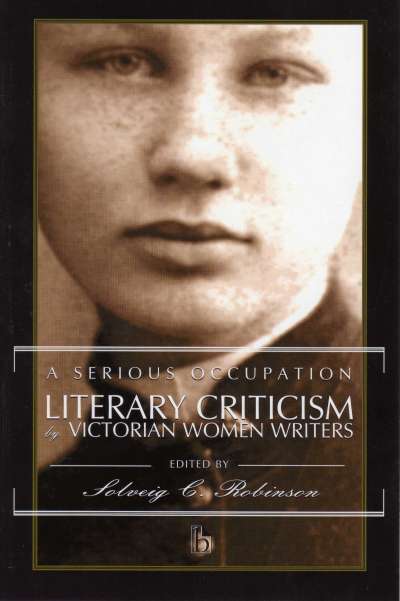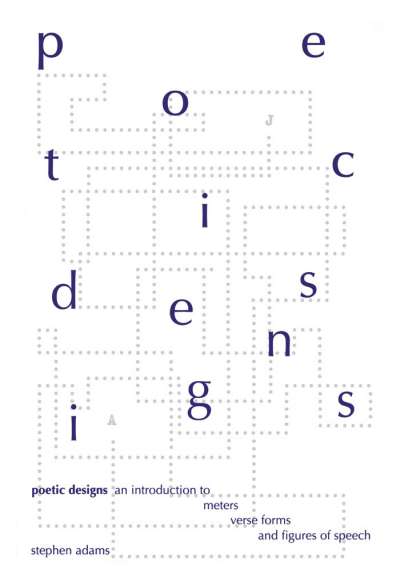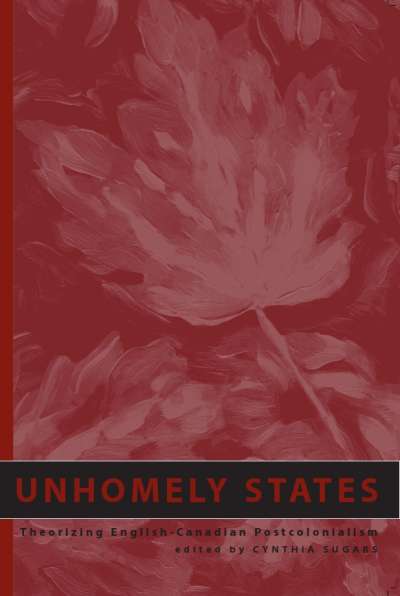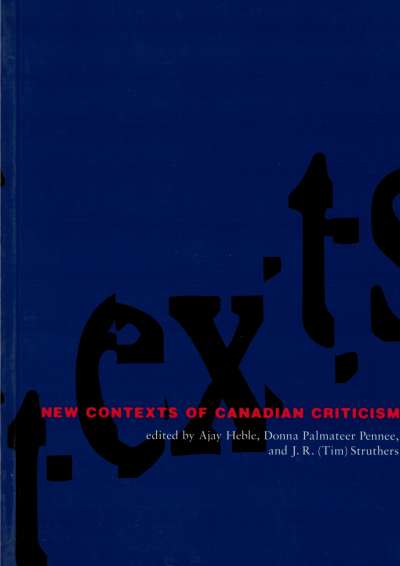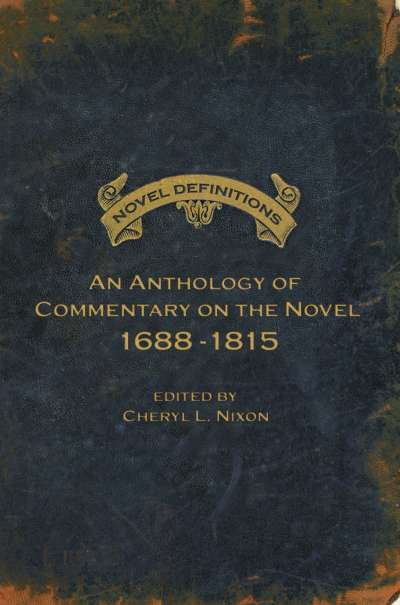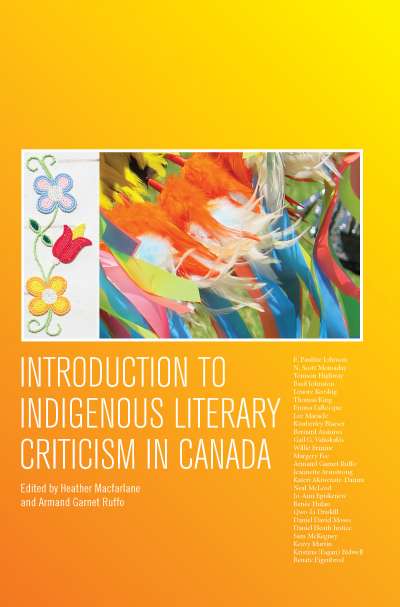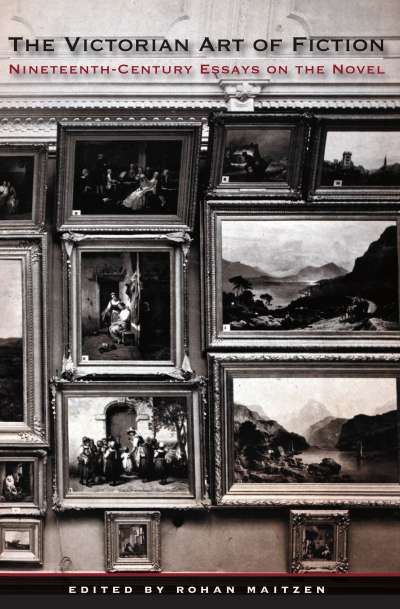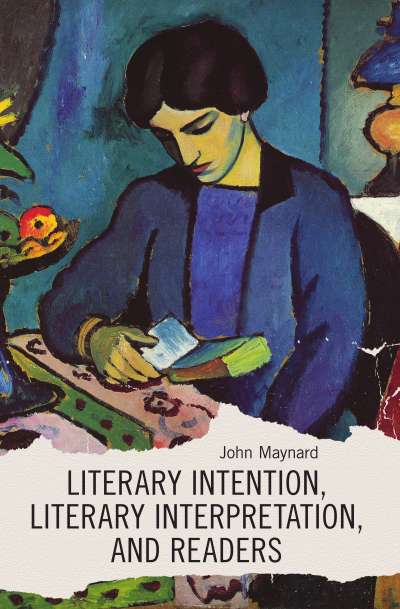Literary Theory and Criticism: An Introduction provides an accessible overview of major figures and movements in literary theory and criticism from antiquity to the twenty-first century. It is designed for students at the undergraduate level or for others needing a broad synthesis of the long history of literary theory. An introductory chapter provides an overview of some of the major issues within literary theory and criticism; further chapters survey theory and criticism in antiquity, the Middle Ages and Renaissance, the Enlightenment, and the nineteenth century. For twentieth- and twenty-first-century theory, the discussion is subdivided into separate chapters on formalist, historicist, political, and psychoanalytic approaches.
The final chapter applies a variety of theoretical concepts and approaches to two famous works of literature: William Shakespeare’s Hamlet and Mary Shelley’s Frankenstein. The new edition has been updated throughout, including new or expanded coverage of Marxist theory, disability studies, affect theory, and Critical Race Theory.
Comments
“The second edition of Anne H. Stevens’s Literary Theory and Criticism builds on the strength of argument and clarity of the first edition and includes some nuanced improvements. The updated text engages movements currently impacting literary interpretation, such as Black Lives Matter. Fuller attention is given to disability studies and environmental studies, and there are new sections on Critical Race Theory and affect theory. The case studies of critical schools applied to Hamlet and Frankenstein are consistently stimulating. Stevens’s compelling and readable interpretation of the history of literary theory and criticism will be instructive for both undergraduate students and general readers.” — Sandra Singer, University of Guelph

